CHUCKWALLA CARE SHEET
Sauromalus ater
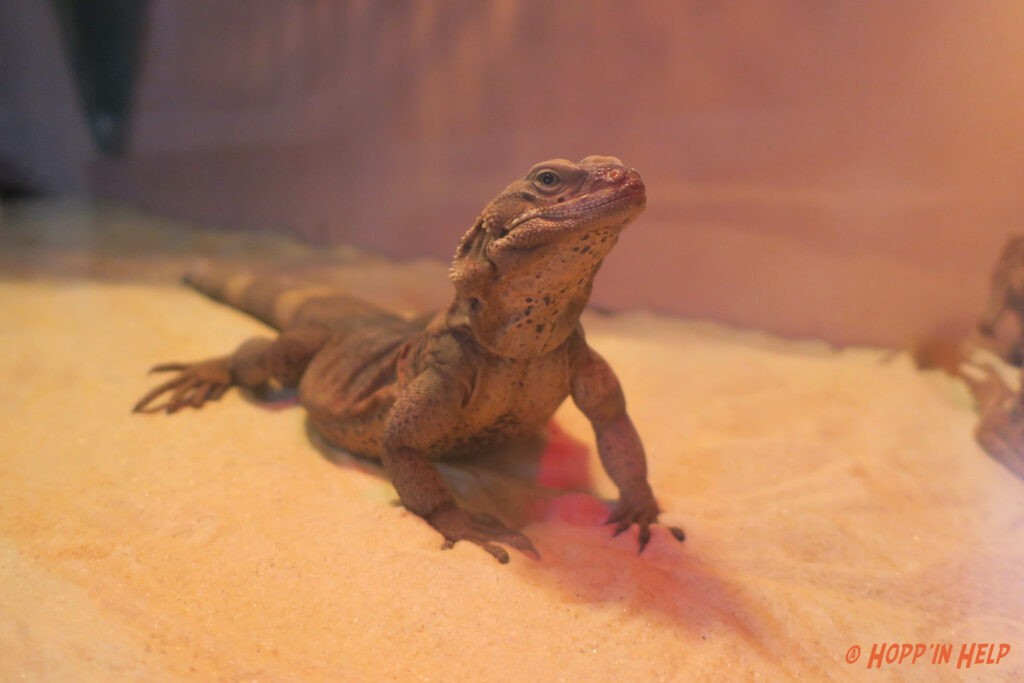
PERSONAL EXPERIENCE: Owning a Chuckwalla has been a great joy. They by far have the best personality and temper of any iguanid species I have worked with. She is incredibly responsive, as far as running into my arms when I serve her her salad in the mornings. She will follow me around my room like a dog and bask in my window like a cat. I highly recommend this species to those looking for a lizard who will allow regular handling.
CAPTIVITY DIFFICULTY: Intermediate
LIFE SPAN: 15-30 years, but reported to live up to 65 years in captivity.
ACTIVITY: Chuckwallas are diurnal, active in the daylight, with activity peaking at the hottest point of the day. Your Chuckwalla will bask, eat, and rest in different places in their enclosure throughout the day. At dusk they find a comfortable space to sleep by burrowing or wedging between two structures.
However, this species is notoriously “lazy”, loving to lounge around. They can often be seen “splooting”. A common term used between hobbyists referring to a position in which the arms and legs are laid back. This is a sign of comfort and confidence. Laying this way allows a comfortable way to regulate body temperature. However, they are quite vulnerable, as it delays their ability to flee a stressor. Seeing your lizard regularly this way is a positive sign you have created an environment your Chuckwalla enjoys.
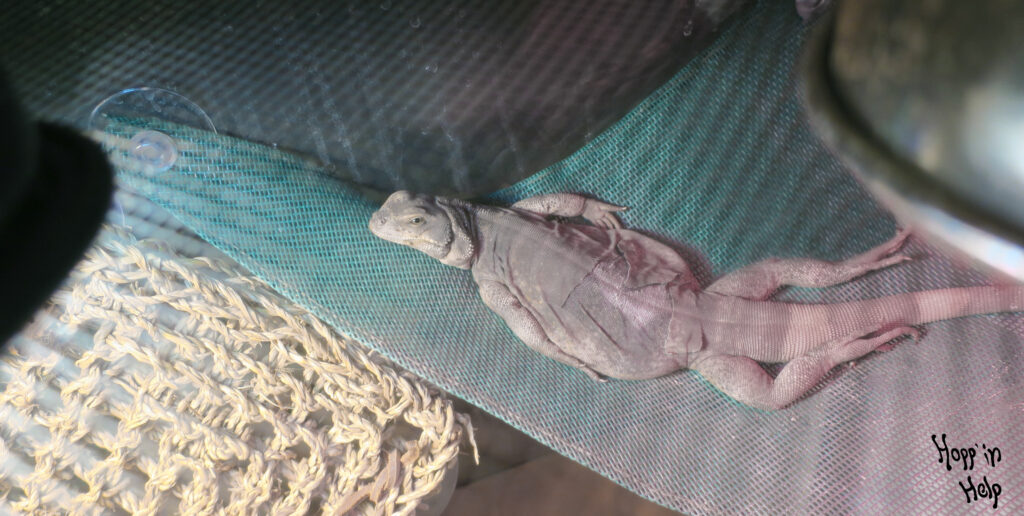
ENCLOSURE: Chuckwalla’s are native to rocky/sandy deserts meaning they require a similar substrate in captivity. A 50/50 mixture of sand and clay make a perfect substrate. Play sand is ideal, below are the instructions to clean play sand. The deeper the substrate the better as digging is great enrichment. I have experimented with using a mixture of sand and coconut fiber substrate to cut down on the weight of the enclosure and it has worked well. Large phyllite and slate rocks can be placed about the substrate. A large basking with multiple levels is extremely important. The heat source should be placed directly above the highest area in the enclosure. A large driftwood piece may be used. I personally recommend seagrass hammocks and loungers to customize your enclosure. As seen below, I use multiple loungers to create different levels to bask at. The hammock is placed by the heat emitter where my chuckwalla sleeps at night.
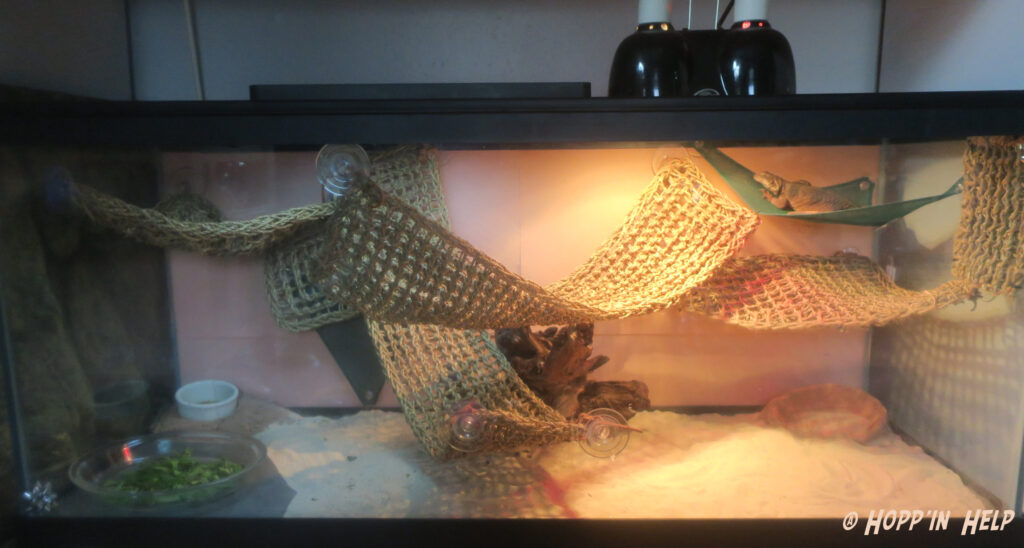
The food dish and water bowl should be placed opposite to the basking spot to prevent the food from drying and increasing humidity. I highly suggest placing the food dish on a slate tile to prevent sand from falling in and creating a flat surface for your Chuckwalla to eat on. Chuckwallas naturally receive their water intake from fresh greens in the wild but a water dish ensures proper hydration at all times.
How to Sterilize Play Sand: Begin by placing the sand in a large bucket/bowl. Pour boiling water carefully into the container and stir until the sand is submerged. Allow to sit for around 5 minutes and then drain. Repeat until the water is clear. Then place the sand on a baking sheet and dab with paper towels. Allow the sand to thoroughly dry out. Bake sand in the oven at 180 degrees F (82 C) for 30 minutes. Allow the sand to cool, then it may be used in your enclosure.
SIZE OF ENCLOSURE: For a mature adult a minimum of 75 gallon enclosure is recommended, but upwards to 4x2x2 (120 gallons) or 6x3x3 (~400 gallons) provide a more adequate space. A juvenile can be kept in a 40 gallon breeder until they reach a snout to vent length of 4 inches (10cm).
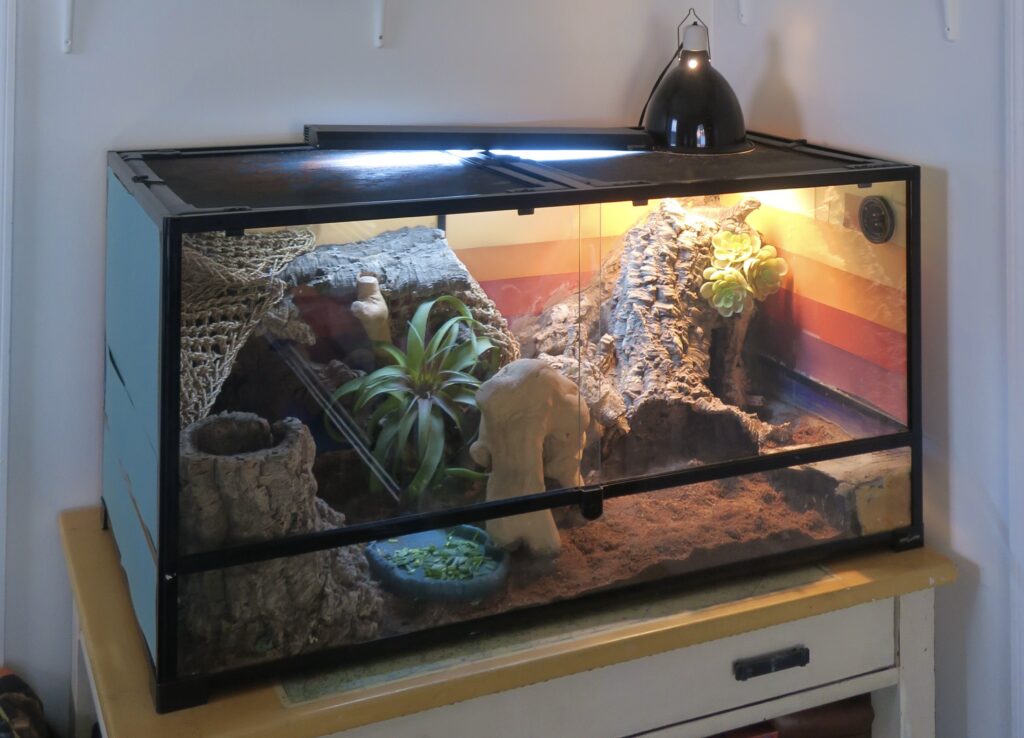
HUMIDITY: 15-40%
TEMPERATURE: Chuckwallas require a basking spot of 110-120 degrees F (43-49C). Needed basking bulb wattage depends on the height of your tallest perch from the heat source. Read the packaging to determine your bulb wattage and check the temperature of your enclosure with an infrared temperature gun. Ambient temperature of the enclosure during the day should remain around 85 degrees F (29C).
At night, the temperature should not drop below 70 degrees F (21C). A 40-60W heat emitter can be used to keep the temperature up. Heat emitters are a good source of heat at night because they do not emit light. Colored lighting at night may disrupt their sleep-wake cycle.
UVB LIGHTING: UVB light is a necessity. A Zoo Med Reptisun T5 or T8 10.0 Linear UVB bulb can produce adequate levels parallel to their natural environment. The lighting should extend at minimum to 2/3rd’s of the enclosure’s length and be on for 8-10 hours daily.
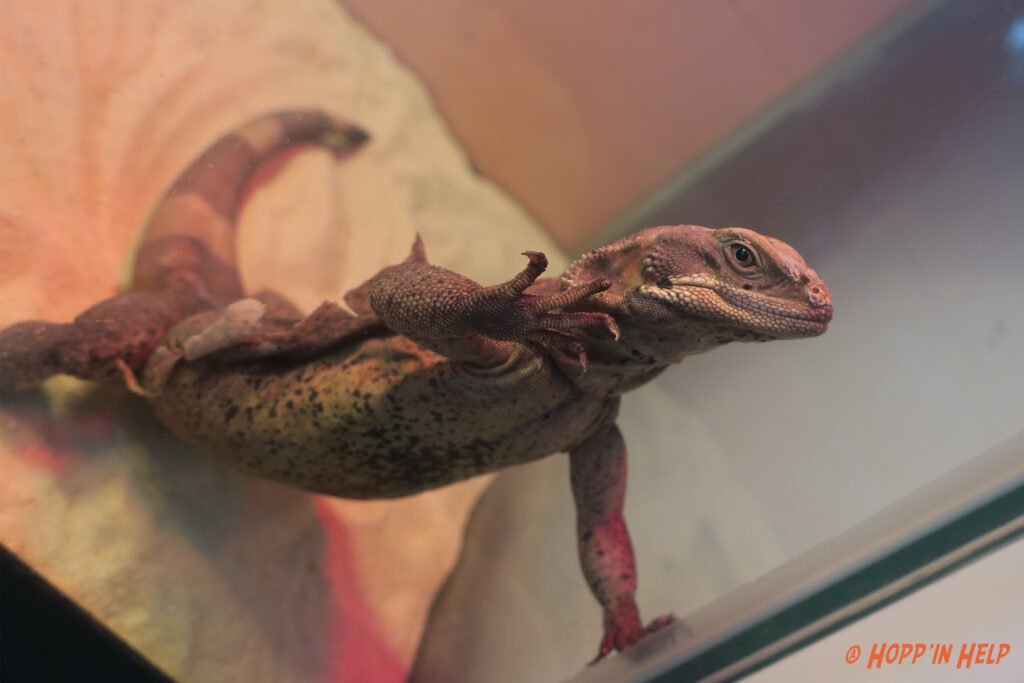
FEEDING: Chuckwallas are primarily herbivores. However, adults may be offered a live insect on rare occasions. A fresh salad must be provided daily with a bowl of dry blend, refilled as needed. For juveniles, salads should be chopped thoroughly. Small pieces encourage finishing meals and reduce chances of impaction. Veggies must be finely chopped for juvenile Chuckwallas. An adult’s diet should consist of 50% of leafy greens, 20% vegetables, 10% dry blend, 7% flowers, and 2% fruits. Chuckwallas absolutely love flowers, they should be used to garnish meals not be a main source of nutrition. Fruits are high in sugar and should only be occasionally given as snacks.
Leafy Greens:
- Kale
- Dandelion Greens
- Collard Greens
- Mustard Greens
- Carrot Tops
- Beet Tops
- Escarole
- Radicchio
Vegetables:
- Grated Carrot
- Diced Red Bell Pepper
- Shredded Butternut Squash
- Shredded Sweet Potato
- Peas
Dry Dish:
- Millet
- Lentils
- Bee Pollen (Not a seed but should be in the dish!)
Flowers:
- Dandelions
- Rose Pedals
- Marigolds
- Hibiscus
Fruits:
- Strawberries
- Blueberries
- Kiwi
- Mango
- Prickly Pear
Insects:
- Crickets
- Dubia Roaches
- Grass hopers
SUPPLEMENTS: Calcium and vitamin powders should be sprinkled daily on salad meals and live insect snacks. Proper calcium intake is crucial to a reptile’s wellbeing. Most calcium powders include vitamin D3. Vitamin D3 plays an important role in bodily functions, but too much can cause an overdose. With proper UV lighting, your Chuckwalla will produce the needed level on their own but supplementing occasionally is beneficial to captive Chuckwallas.
My personal routine includes plain calcium twice, Repashy SuperVeggie twice, and Repashy CalciumPlus twice, and Vitamin A once weekly.
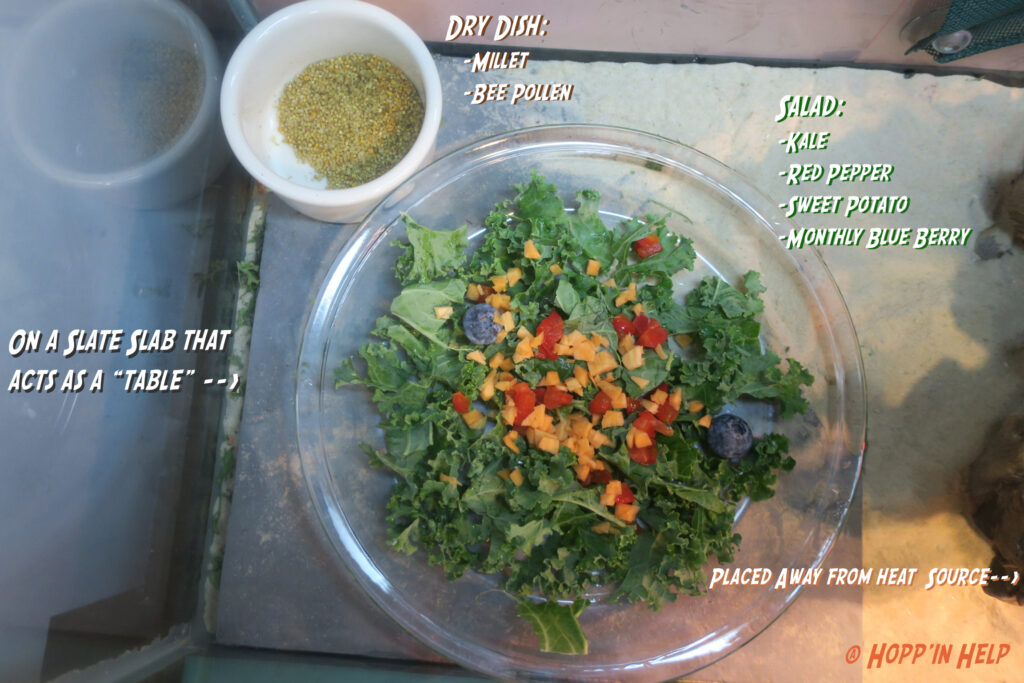
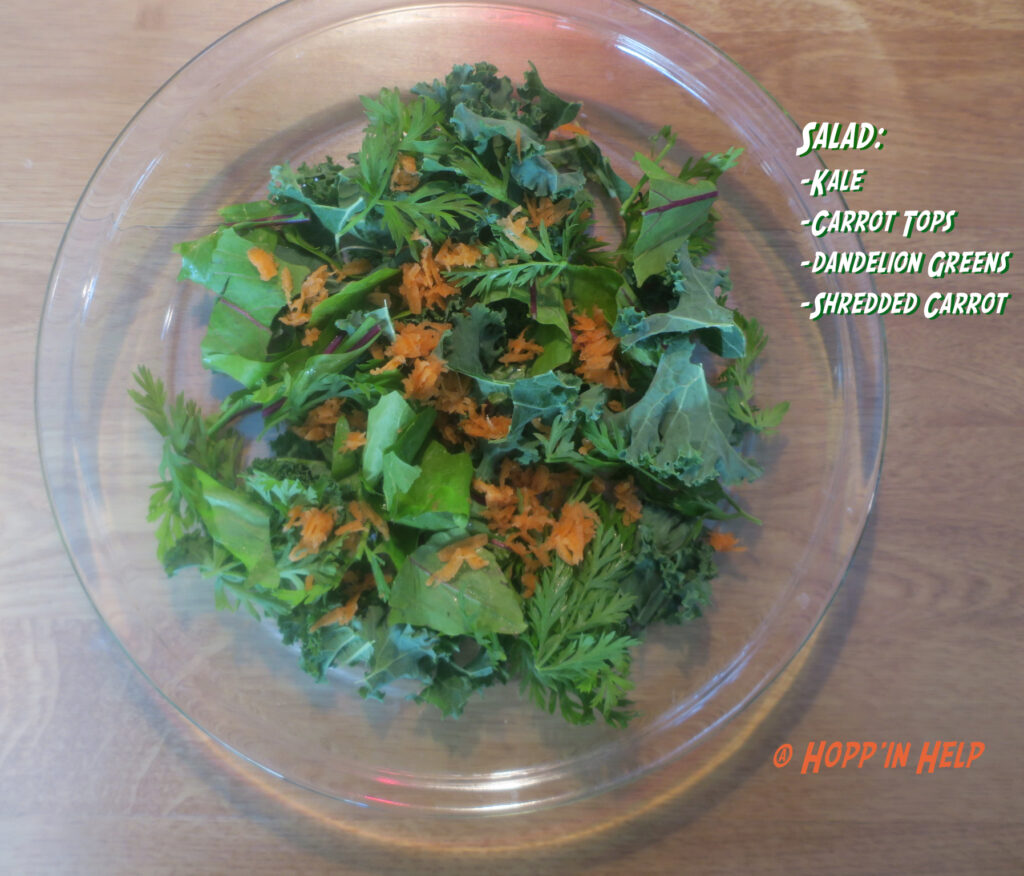
HOW TO SEX: In Chuckwallas, you cannot tell the difference between males and females visually until they are sexually mature. This occurs around two years of age. To know sooner, you may have your exotic vet do an internal exam. When males sexually mature; they have a darker complexion, triangular face, and deep throat. Male have femoral pores under their thighs. Males also have enlarged hemi-penile bulges. These are two bumps at the base of their tail.
Females have a lighter complexion, round face, round plump body, and do not have femoral pores or hemi-penile bulges. Females have a “vent” at the base of their tail. For a visual on how to sex your Chuckwalla, click the link below.
SIZE: Chuckwalla’s range in size from 13-18 inches (33-46cm).
I AM NEW TO REPTILES, ARE THEY GOOD FOR BEGINNERS?
With all reptiles, Chuckwallas are a multi-decade commitment. Requiring large enclosures and daily maintenance. They are comparable to Bearded Dragons in terms of care. While not a difficult species, a smaller species may be better to start with if this is your first reptile.
ABOUT THE AUTHOR: Hello! My name is Madison with my Chuckwalla Short Rib or “Shorty”. Adopted in 2017, she has been with me through high school and my undergraduate studies. I formulated this care sheet from personal experience and experts’ advice to provide the best personalized care. If you have any further questions, feel free to directly email me through the “contact” tab.
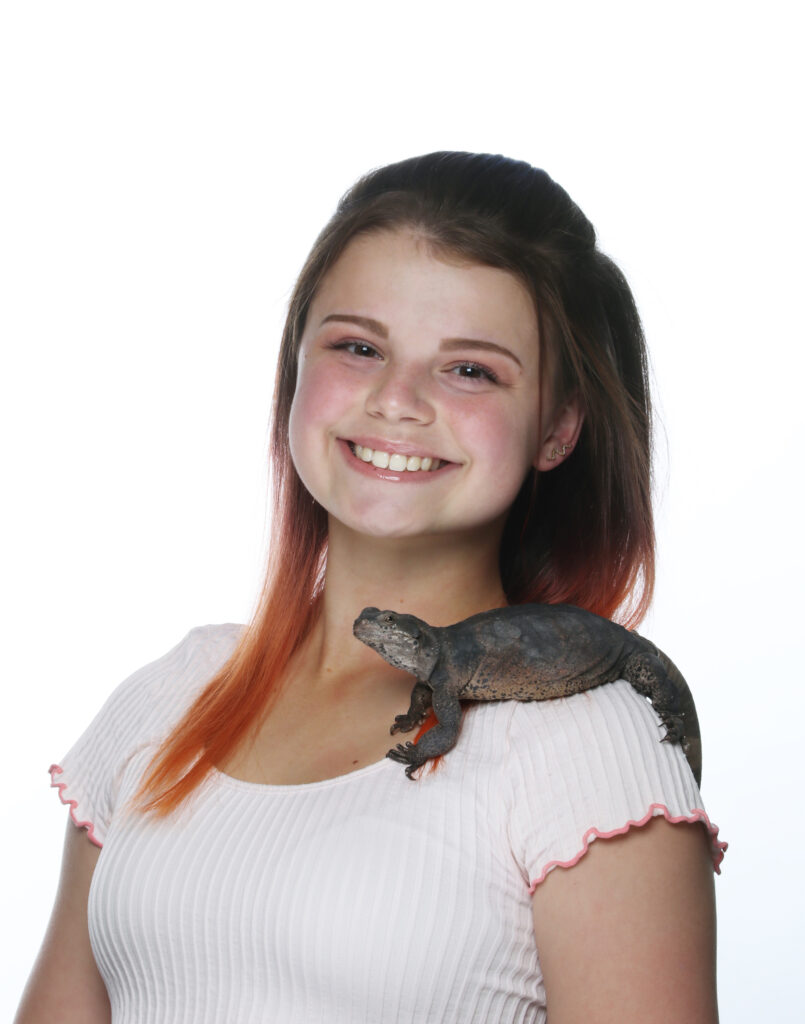
References:
https://www.reptilecentre.com/pages/info-chuckwalla-care-sheet
